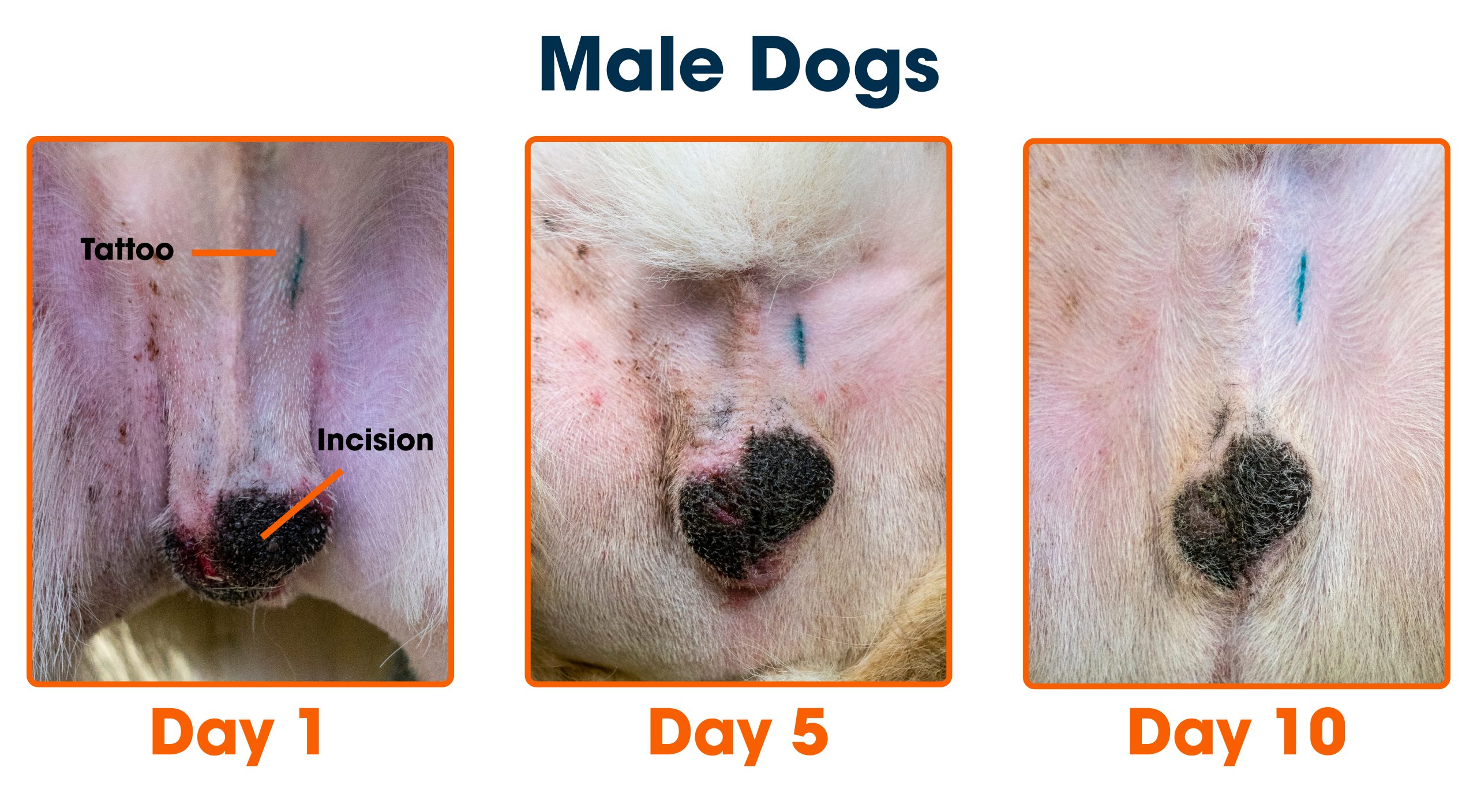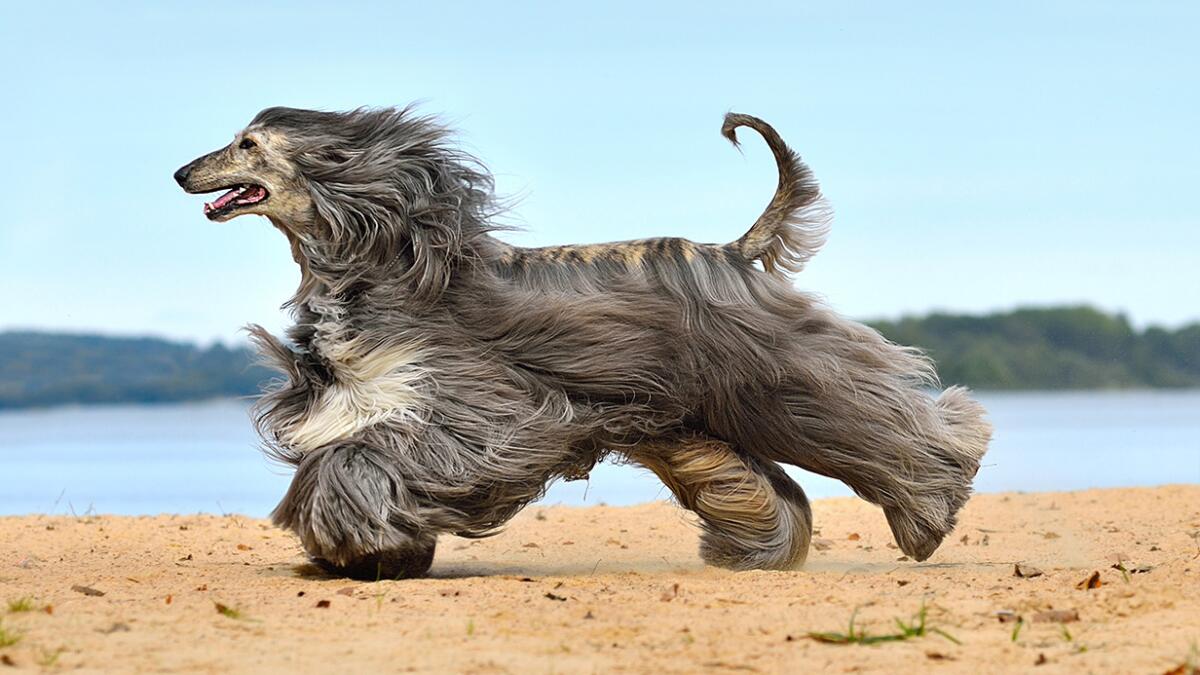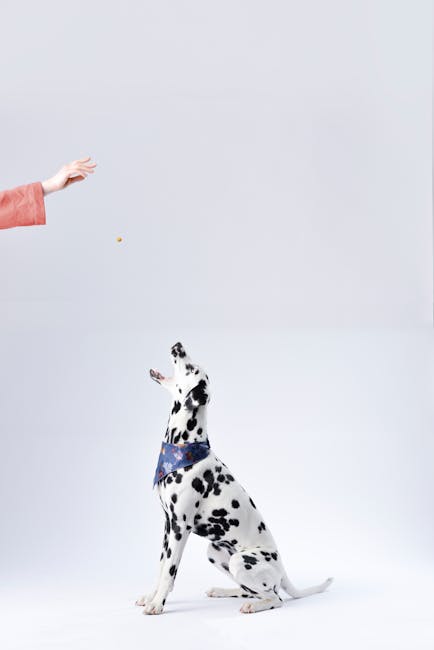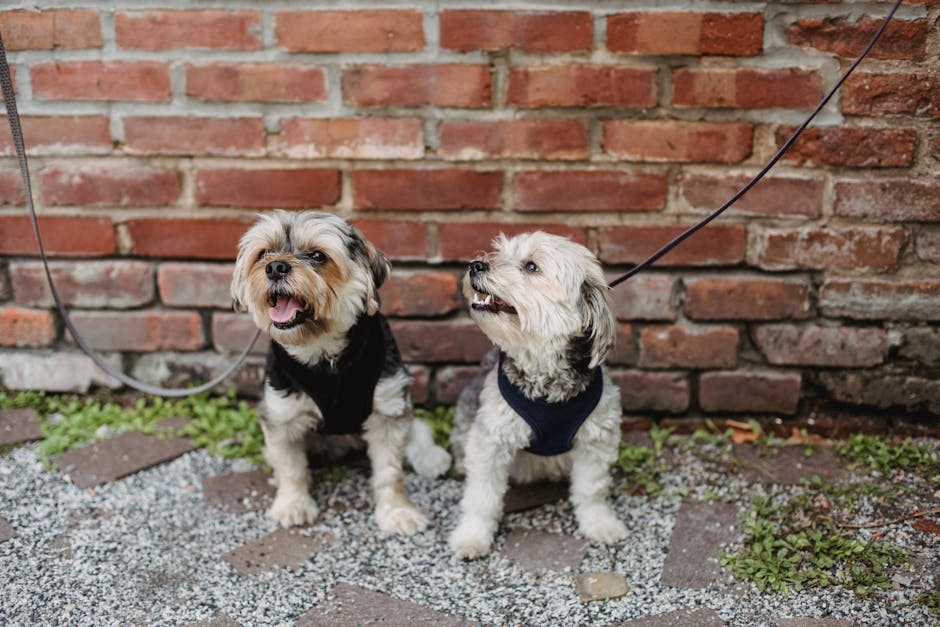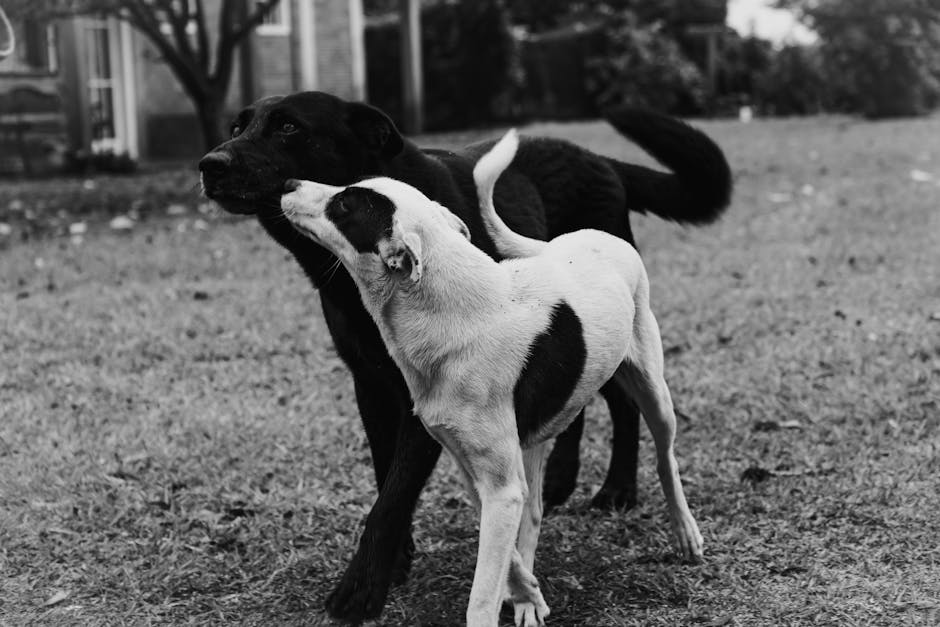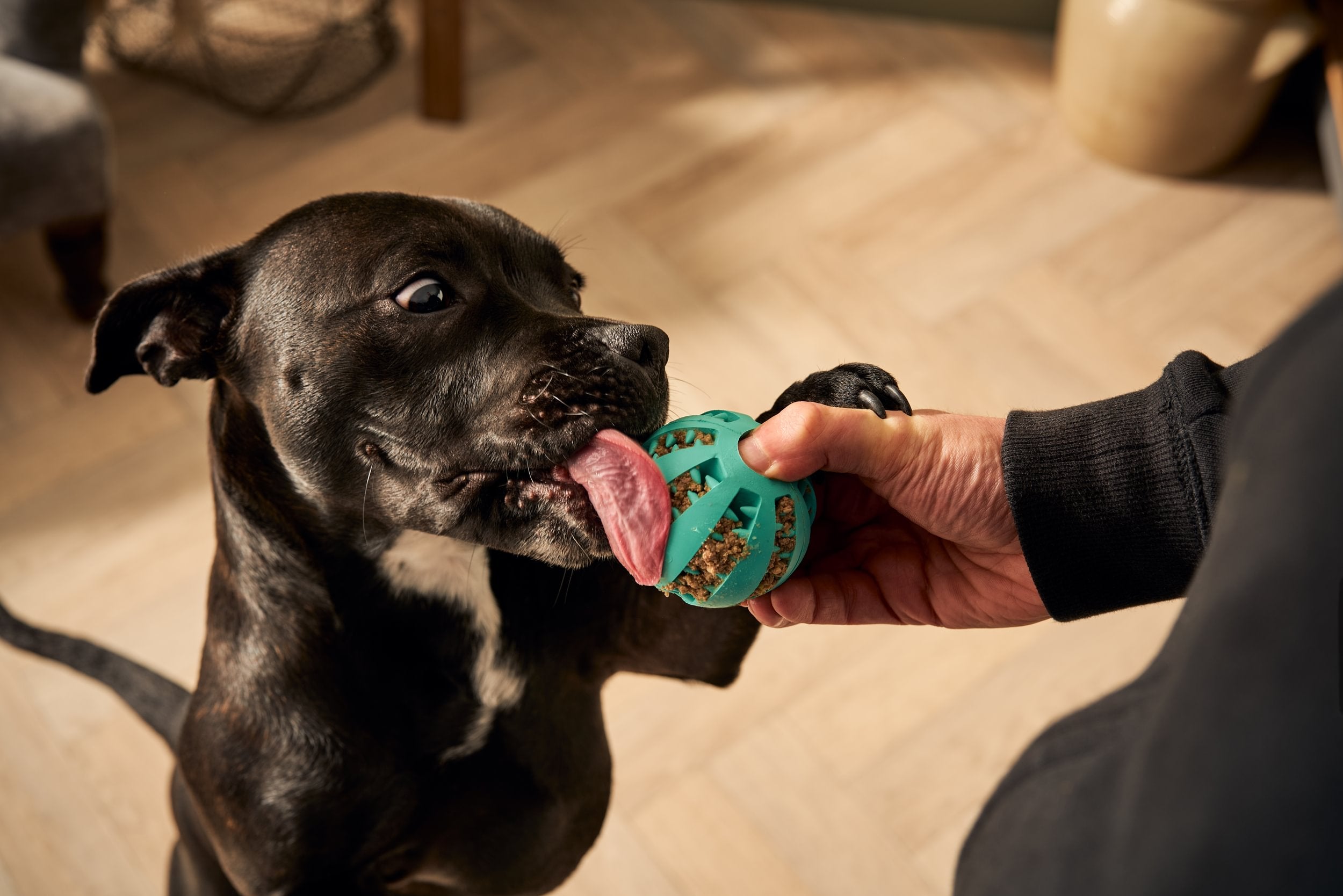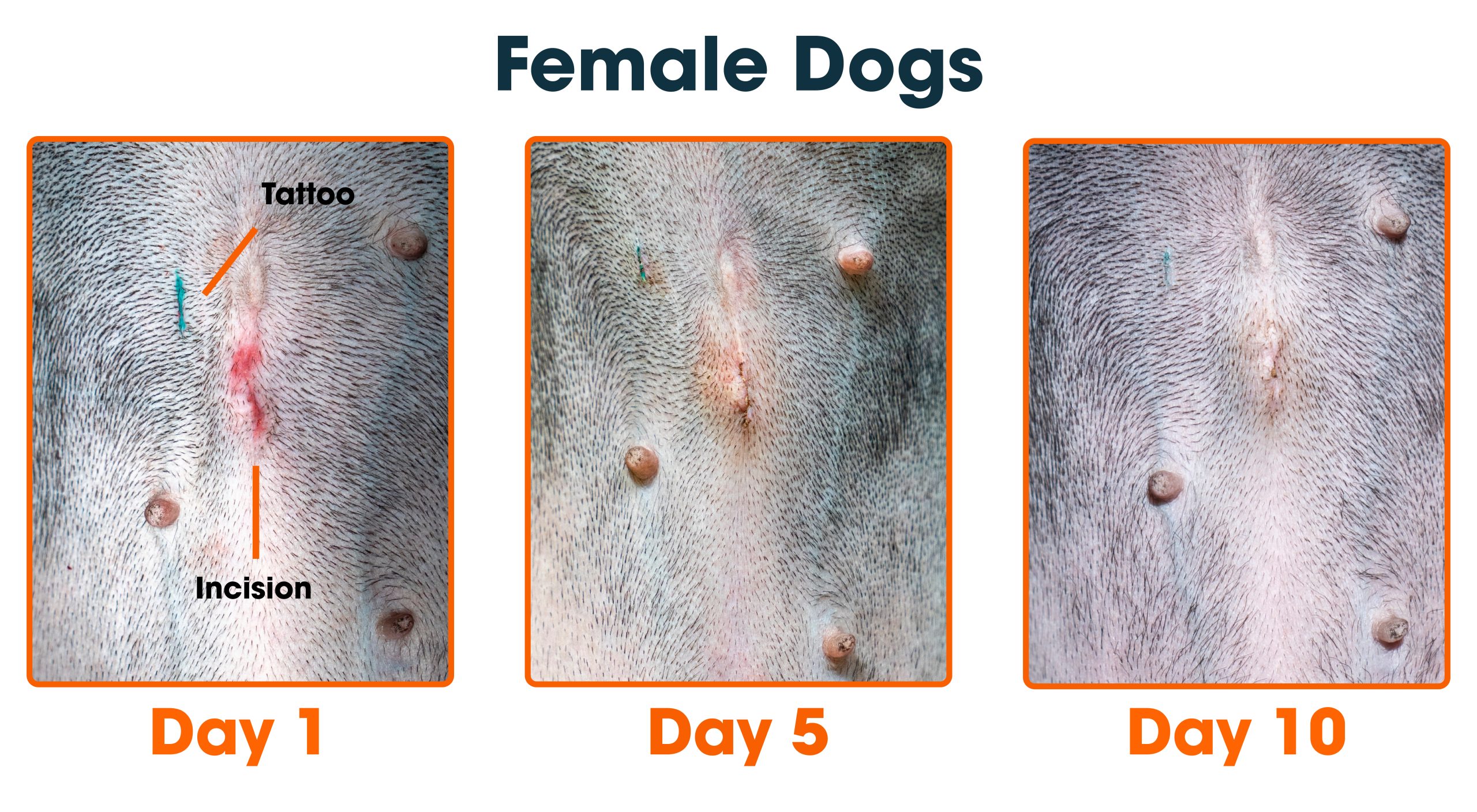If your dog has just been spayed, you’re probably wondering, “How long is spay recovery for my dog?” You want to make sure your furry friend heals quickly and comfortably. Knowing what to expect during the recovery period can help you avoid common mistakes and give your dog the best care possible.
You’ll discover the typical timeline for spay recovery, signs to watch for, and helpful tips to support your dog every step of the way. Keep reading to ensure your pet bounces back happy and healthy.
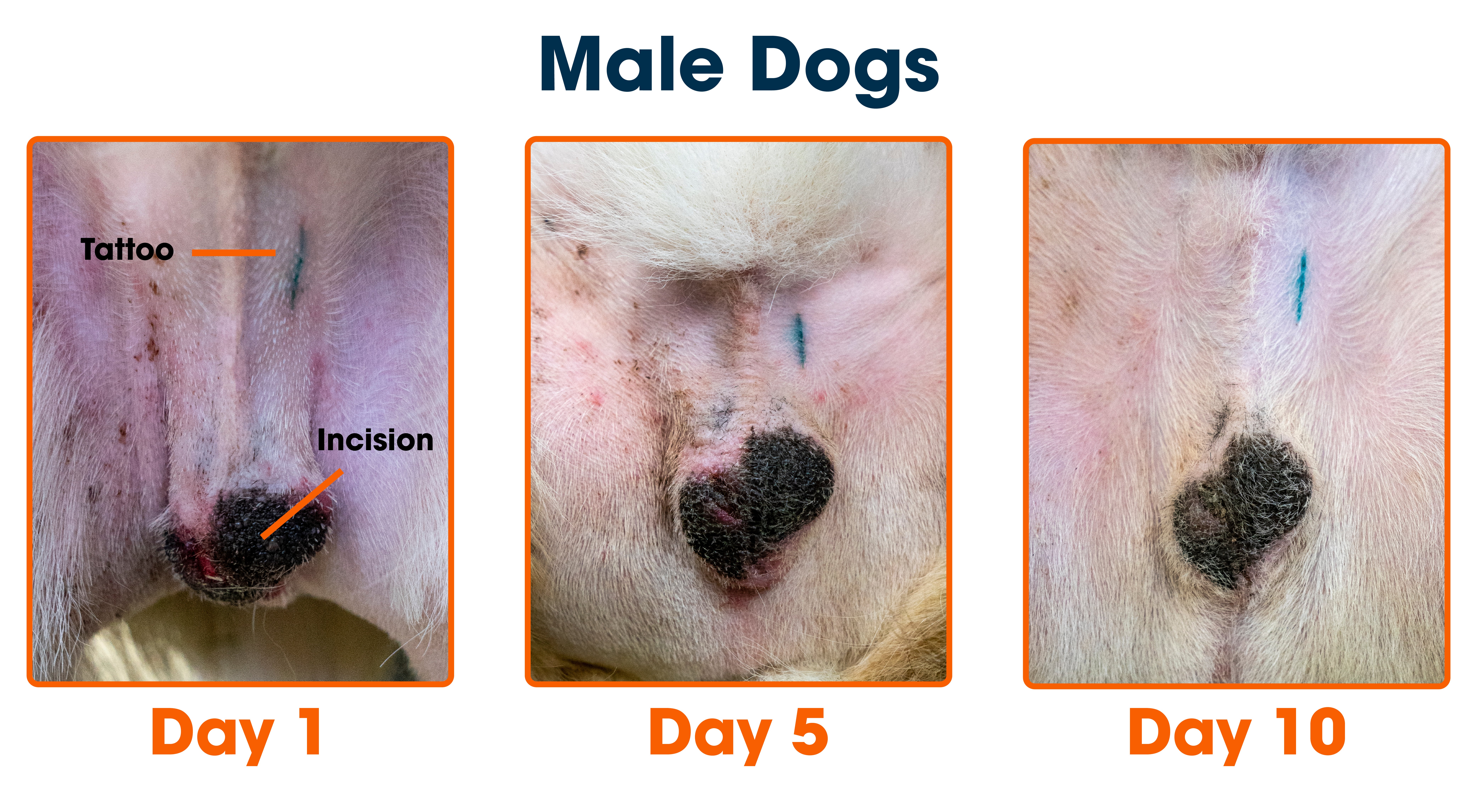
Credit: www.aspca.org
Spay Surgery Basics
Understanding the basics of spay surgery helps you prepare for your dog’s recovery. Knowing what the procedure involves and why it’s important can ease your worries and improve how you care for your pet afterward. Let’s break down the essentials so you feel confident supporting your furry friend through this process.
What Spaying Involves
Spaying is a surgical procedure that removes your dog’s ovaries and uterus. This stops her from going into heat and prevents pregnancy. The surgery is done under general anesthesia, so your dog won’t feel pain during the operation.
After the surgery, a small incision is made in her abdomen, which is then closed with stitches or surgical glue. Recovery usually requires limiting activity to avoid strain on the incision site. You might notice your dog is sleepy or less active for a day or two as the anesthesia wears off.
Reasons For Spaying
Spaying offers several health benefits, including lowering the risk of certain cancers like uterine or ovarian cancer. It also prevents infections such as pyometra, a dangerous uterine infection common in unspayed dogs.
Beyond health, spaying helps control the pet population. It reduces the chances of unwanted litters, which means fewer homeless dogs. Have you considered how spaying your dog could positively impact your community?
Spaying can also improve behavior by reducing hormone-driven actions such as roaming or aggression. This makes your dog safer and easier to manage, especially if she spends time outdoors or around other pets.
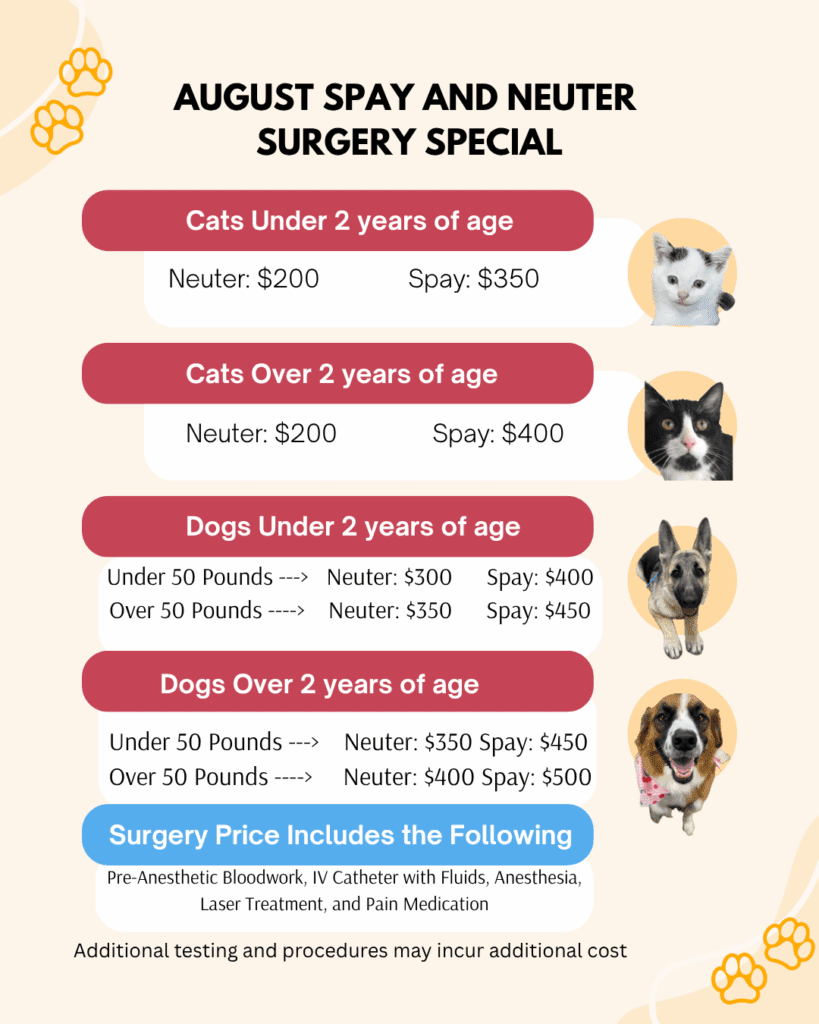
Credit: www.stringtownanimalhospital.com
Typical Recovery Timeline
Understanding the typical recovery timeline after your dog’s spay surgery can help you prepare for each stage of healing. Recovery isn’t just about rest—it’s about knowing what to expect and how to support your furry friend. Let’s break down the key phases so you can watch for signs of progress and offer comfort at every step.
First 24 Hours
The first day after surgery is critical. Your dog may be groggy or disoriented as anesthesia wears off. You might notice some mild bleeding or swelling around the incision site—this is normal but keep a close eye on it.
During this period, limit your dog’s movement to prevent any strain on the stitches. Offer small amounts of water and food once they seem alert. You’ll want to create a quiet, comfortable space where your dog can rest undisturbed.
Days 2 To 7
As your dog begins to wake up more fully, you might see some changes in behavior. They could be less energetic and may lick or chew at the incision, which you need to discourage. Using an Elizabethan collar can be a lifesaver here.
Keep daily checks on the incision for redness, swelling, or discharge. This week is crucial for avoiding infection and ensuring the wound heals properly. Light leash walks for bathroom breaks are fine, but avoid running or jumping.
After One Week
By day seven, most dogs start showing real improvement. The incision should look mostly healed, and your dog’s energy will likely return to normal. Your vet may advise removing stitches around this time or confirm that dissolvable ones are working well.
Still, it’s important to avoid vigorous activity for another week or so. You might find your dog ready to play, but patience here prevents complications. How do you balance your dog’s excitement with their need to heal? Offering gentle affection and calm activities can help.
Signs Of Healing
After a dog is spayed, signs of healing help you track her recovery. Knowing these signs lets you support her better. Healing is a gradual process, and the body shows it in several ways. Watch for changes in behavior, wound condition, and energy. These signs reveal if your dog is on the right path to health.
Normal Behavior Changes
Your dog might be quieter than usual for a few days. She may want to rest more and avoid jumping or running. It is normal if she seems less playful or less hungry. Some dogs may cling to their owners for comfort. These changes usually fade as healing continues.
Wound Appearance
- The incision should look clean and dry after the first day.
- Minor redness and swelling around the site are normal.
- There should be no strong smell or pus.
- Scabs may form and fall off naturally.
- If the wound opens or bleeds a lot, contact a vet.
Energy Levels
Energy will return slowly. Expect your dog to be tired at first. She will start moving more each day. By two weeks, many dogs play and walk normally. Avoid pushing her to be active too soon. Gentle walks help but rest is key.
Common Recovery Challenges
Recovering from a spay surgery isn’t always smooth sailing. Your dog may face a few hurdles along the way that can cause discomfort or complications. Knowing what challenges to expect helps you act quickly and keep your furry friend comfortable and safe.
Swelling And Redness
It’s normal to see some swelling and redness around the incision site after surgery. However, if the area becomes excessively swollen, bright red, or warm to the touch, it could signal a problem.
Watch closely during the first few days. Swelling that gets worse instead of better may need a vet’s attention. You can gently clean the area with a vet-approved solution and prevent your dog from licking it by using an Elizabethan collar.
Infection Risks
Infections can sneak up quickly after a spay. Signs include pus, a foul smell, or your dog acting unusually tired or feverish.
Keep the incision dry and avoid letting your dog swim or bathe until your vet says it’s okay. If you notice anything suspicious, don’t hesitate to reach out to your vet immediately.
Pain Management
Your dog may show signs of pain like whining, restlessness, or not wanting to eat. Managing this pain is crucial for a smooth recovery.
Follow your vet’s instructions on pain medication carefully. Sometimes, gentle massage away from the incision or short, calm walks can help your dog feel better.
Tips For Faster Recovery
Helping your dog heal quickly after a spay surgery requires more than just time. You play a key role in making the recovery smooth and comfortable. Small, thoughtful actions can significantly reduce discomfort and speed up healing.
Rest And Restricted Activity
Keeping your dog calm and limiting movement is crucial. Avoid letting her jump, run, or play for at least 10 to 14 days after surgery. Use a crate or a small room to create a safe resting space.
Think about how you feel after surgery—would you want to move around a lot? Your dog feels the same. Consistent rest helps prevent stitches from opening and reduces swelling.
Proper Nutrition
Good food supports healing. Provide high-quality, balanced meals that your dog enjoys. Adding a bit of extra protein can help tissue repair, but always check with your vet first.
Keep fresh water available at all times. Dehydration slows recovery, so encourage your dog to drink regularly. Have you noticed if your dog’s appetite changes after surgery? Sometimes smaller, more frequent meals work better.
Preventing Licking And Chewing
Licking the incision can cause infections or reopen wounds. Use an Elizabethan collar (cone) or a soft recovery suit to stop your dog from reaching the surgery site. Some dogs try to sneak a lick when you’re not looking—stay vigilant.
Distract your dog with gentle petting or quiet toys to keep her mind off the incision. What tricks have you found effective to keep your dog calm and distracted during recovery?
When To Contact The Vet
Knowing when to contact the vet during your dog’s spay recovery is crucial. While most dogs heal smoothly, some signs mean you should seek professional advice immediately. Paying close attention to your pet’s behavior and physical condition can help you avoid serious complications.
Signs Of Complications
Watch for unusual swelling or redness around the incision site. If the area looks infected or if your dog is licking it excessively, that’s a warning sign.
Also, notice if your dog is unusually lethargic or refuses to eat for more than 24 hours. These changes can indicate pain or infection that needs veterinary attention.
Persistent vomiting or diarrhea is another red flag. These symptoms might suggest anesthesia side effects or other underlying issues.
Emergency Situations
Contact your vet immediately if you spot heavy bleeding from the surgery site. A small amount of blood or discharge is normal, but continuous bleeding is not.
If your dog is having difficulty breathing or shows signs of severe pain, these are emergencies. Don’t wait—rush to the vet right away.
Sudden collapse or seizures are critical signs that require urgent veterinary care. It’s better to be safe and get professional help without delay.
Long-term Care Post-spay
Long-term care after your dog’s spay surgery ensures a healthy and happy recovery. The healing process continues beyond the first few weeks. Paying attention to exercise, weight, and behavior helps your dog adjust well to life after surgery. Careful management supports her overall well-being for months to come.
Exercise Resumption
Resuming exercise should be gradual. Start with short, slow walks. Avoid running, jumping, or rough play for at least 4 to 6 weeks. Too much activity can cause injury or slow healing. Watch for signs of tiredness or discomfort. Slowly increase activity over time. This helps rebuild muscle strength safely.
Weight Management
Spayed dogs often have slower metabolism. This can lead to weight gain if not managed. Adjust your dog’s diet to match her new energy needs. Choose high-quality, balanced food. Measure portions carefully to avoid overeating. Regular weight checks keep you informed. Maintaining a healthy weight prevents joint problems and other health issues.
Behavioral Changes
Spaying can cause mild behavior changes. Some dogs become calmer and less aggressive. Others may show slight mood shifts or increased sleep. These changes are normal and usually temporary. Provide plenty of love and patience during this time. Monitor your dog’s behavior closely. Contact your vet if you notice extreme changes or distress.
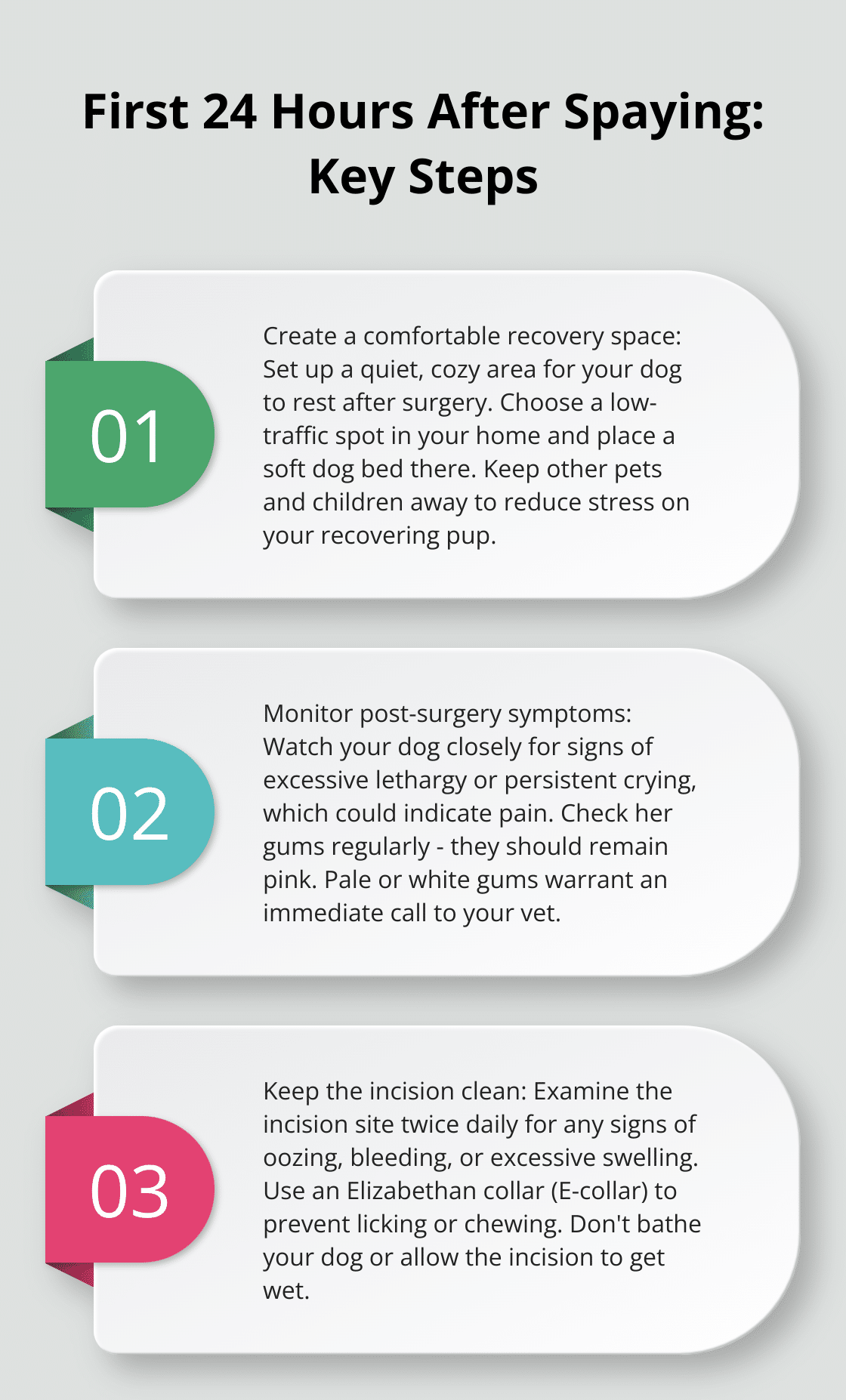
Credit: shop.pekp.com.pk
Frequently Asked Questions
How Long Does Dog Spay Recovery Usually Take?
Dog spay recovery typically lasts 10 to 14 days. During this time, healing of the incision occurs. Limiting activity helps prevent complications. Follow your vet’s instructions for best recovery results.
What Signs Indicate Normal Spay Recovery In Dogs?
Normal recovery signs include mild swelling, slight redness, and minimal discharge. Your dog may be less active but should eat and drink normally. If symptoms worsen or include fever, contact your vet immediately.
When Can My Dog Resume Normal Activities After Spaying?
Dogs can resume normal activities 10 to 14 days post-surgery. Avoid vigorous exercise or jumping until the incision fully heals. Gradually reintroduce activity as your vet advises to ensure safe recovery.
How To Care For My Dog’s Spay Incision At Home?
Keep the incision clean and dry. Prevent your dog from licking or biting the area using an Elizabethan collar if needed. Check daily for swelling or discharge. Contact your vet if you notice abnormalities.
Conclusion
Spay recovery for dogs usually takes about 10 to 14 days. During this time, keep your dog calm and avoid heavy exercise. Watch for signs of pain or infection. Follow your vet’s advice carefully for the best healing. Most dogs feel better quickly with proper care.
Patience helps your dog heal safely and fully. Your care makes a big difference in recovery. Remember, gentle rest is the key to a healthy return to play.

